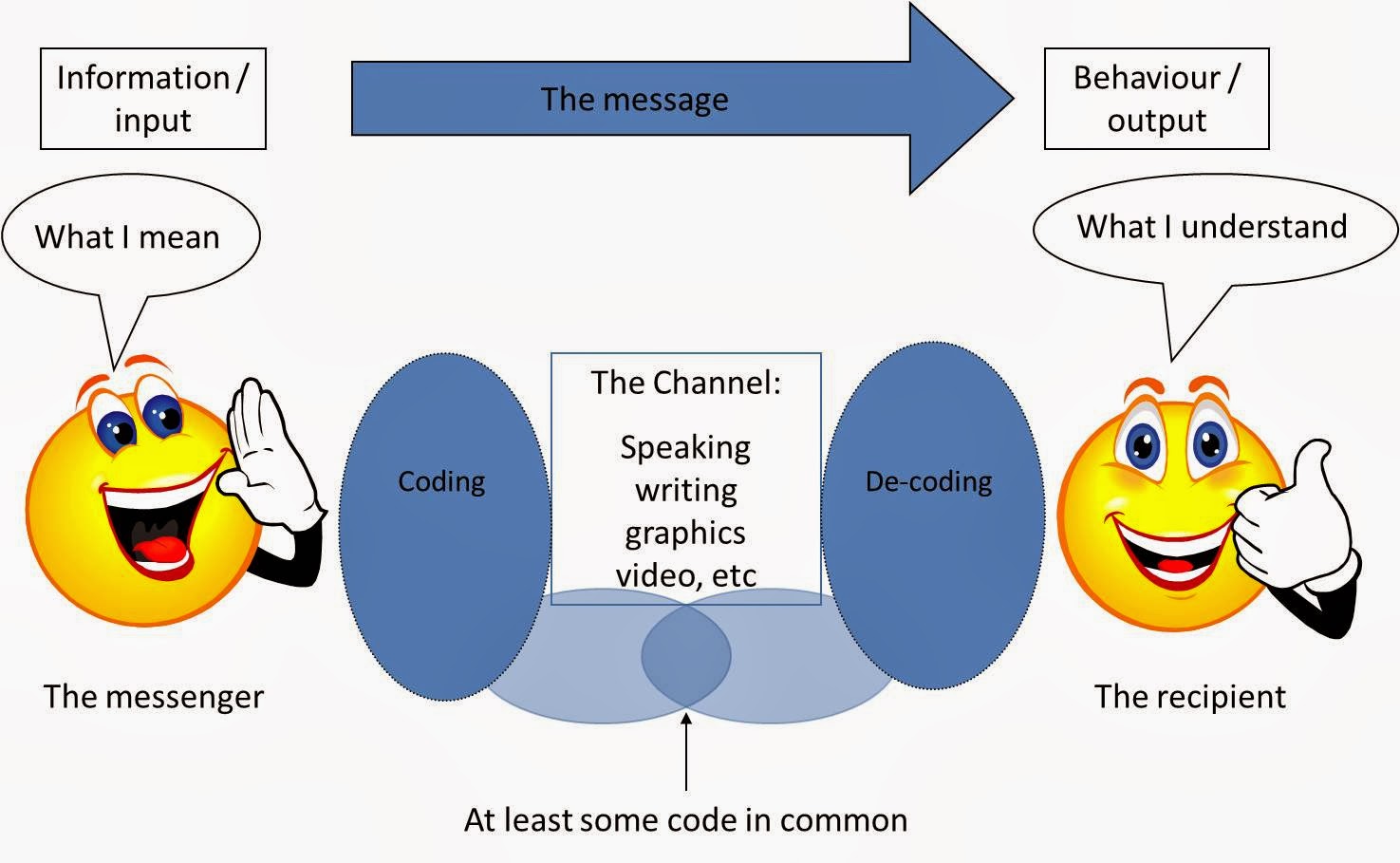Guidelines for Teaching Paragraph Writing with Example
Teaching paragraph writing is a crucial aspect of developing writing skills in students. It involves understanding and applying the structure of a paragraph, which includes a topic sentence, supporting details, and a concluding sentence. Here are some guidelines for teaching paragraph writing, along with examples:
1. Understanding the Structure of a Paragraph
- Topic
Sentence: Introduce the main idea of the paragraph. It should be clear
and concise.
- Supporting
Details: Provide evidence, examples, explanations, or elaborations supporting
the main idea.
- Concluding
Sentence: Summarise the main idea and reinforce why it is essential or
provide a transition to the next paragraph.
2. Choosing a Topic
- Encourage
students to choose topics they are interested in or have knowledge about.
This makes the writing process more engaging and less daunting.
3. Brainstorming
- Before
writing, students should brainstorm ideas or points they want to include.
This can be done through listing, mapping, or discussing.
4. Organising Ideas
- Teach
students to organise their ideas logically. They can use outlines or
graphic organisers to plan the structure of their paragraphs.
5. Writing the First Draft
- Encourage
students to write their first draft without worrying about perfection.
Focus on getting their ideas down on paper.
6. Revising and Editing
- Teach
students to revise their work for content and clarity. Editing should
focus on grammar, punctuation, and spelling.
7. Practice
- Regular
practice with feedback is essential for improvement. Provide various
writing prompts to keep the exercises interesting.
Example Paragraph:
Topic: The Benefits of Reading
Topic Sentence: Reading offers numerous benefits that
enhance our lives intellectually and emotionally.
Supporting Details:
- Intellectually,
reading expands our knowledge and vocabulary. For instance, reading various
books exposes us to new words and ideas, helping us to articulate our
thoughts more effectively.
- Emotionally,
reading can be a source of relaxation and stress reduction. Immersing
ourselves in a good book allows us to escape the pressures of everyday
life, providing a sense of peace and tranquillity.
Therefore, by fostering intellectual growth and
offering emotional relief, reading becomes an invaluable activity in our daily
lives.
Teaching Tips:
- Model
Writing: Regularly demonstrate writing paragraphs in class, explaining
the thought process behind each part.
- Peer
Review: Encourage students to share their work with peers for
feedback. This promotes collaborative learning and critical thinking.
- Use
Examples: Provide examples of well-written paragraphs for students to analyse.
Discuss what makes these paragraphs effective.
- Incorporate
Technology: Use writing tools and apps to help students brainstorm, organise,
and edit their paragraphs.
- Personalise
the Experience: Encourage students to write about their experiences,
interests, and opinions. This makes the writing more meaningful and
engaging.
By following these guidelines and incorporating varied and
interactive activities, you can help students develop strong paragraph writing
skills that will serve them well in all areas of their academic and personal
lives.


Comments
Post a Comment